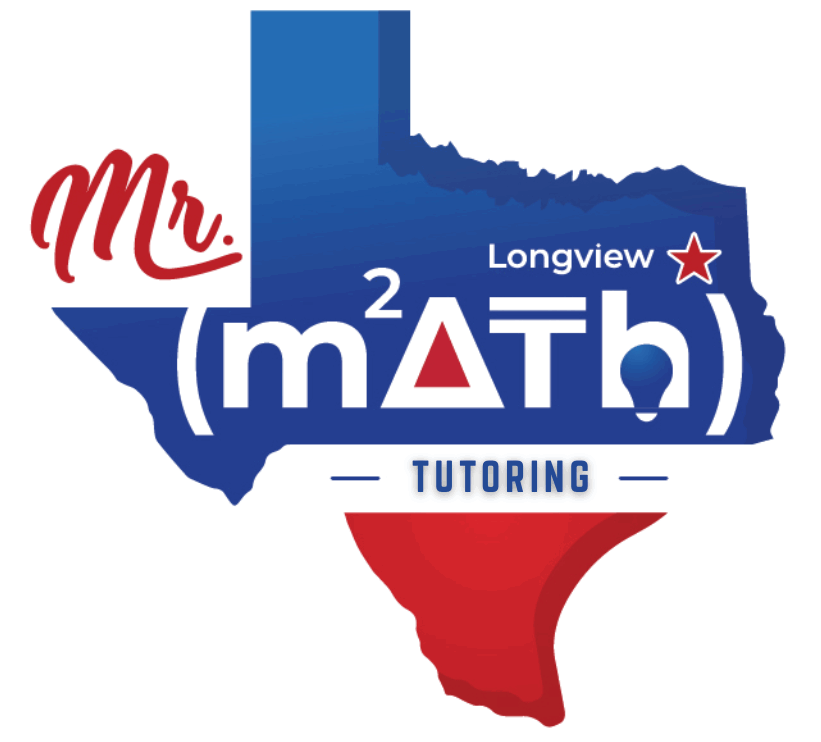Currently Empty: $0.00
About Course
Discover how differential equations serve as mathematical blueprints for dynamic systems across physics, biology, economics, and engineering. In this engaging mini-course, you’ll start by pinpointing when a rate of change depends on the current state and learn to separate variables to find both general solution families and specific solutions through initial conditions. From there, you’ll master exponential growth and decay models—applying them to scenarios like population forecasts, radioactive decay, and compound interest. You’ll build deeper insight with slope fields, sketching solution curves to see system behavior without solving for an explicit formula. Finally, you’ll put your skills into practice on classic population and mixing-tank problems, interpreting long-term trends, equilibrium points, and parameter effects. Throughout, clear explanations, real-world examples, and targeted problem sets will equip you to model, solve, and interpret first-order differential equations with confidence.
Course Content
1. Separable Equations
-
1.1 Identifying Separable Relationships
-
1.2 Executing Separation & Integration Steps
-
1.3 Understanding Solution Families & Constants




